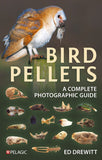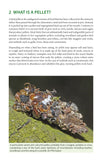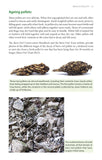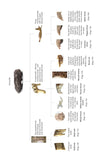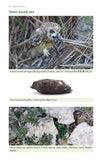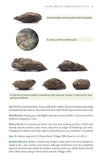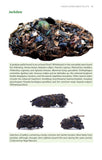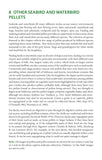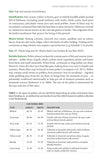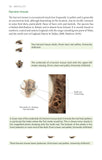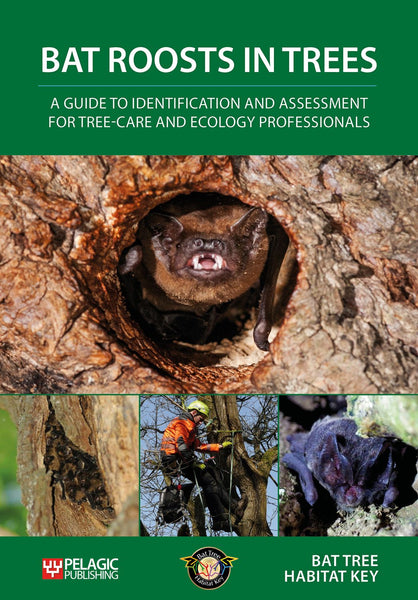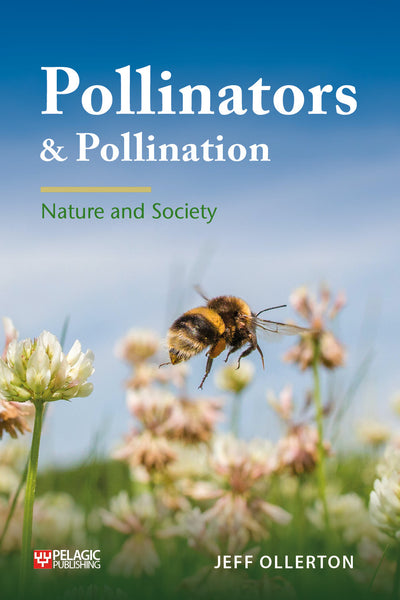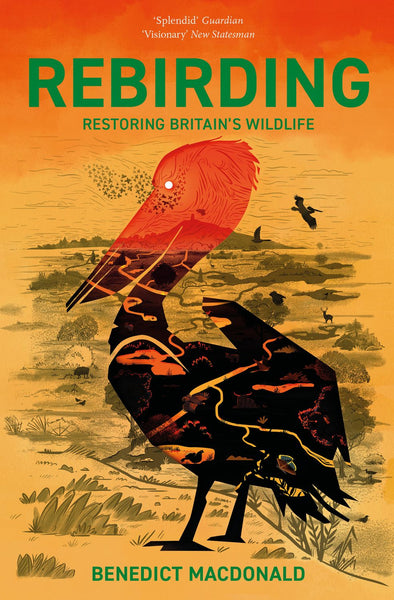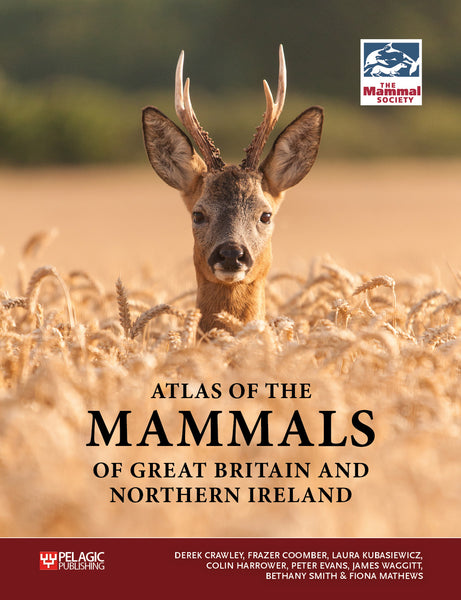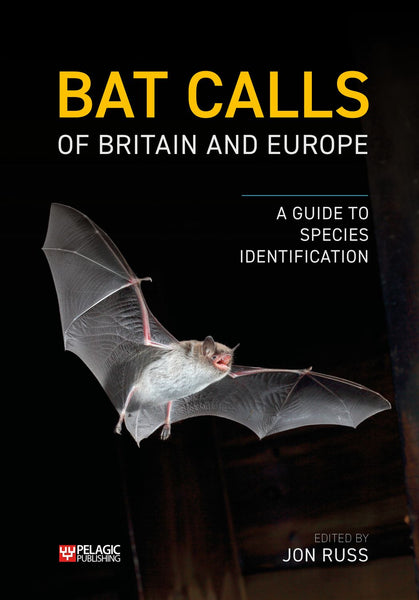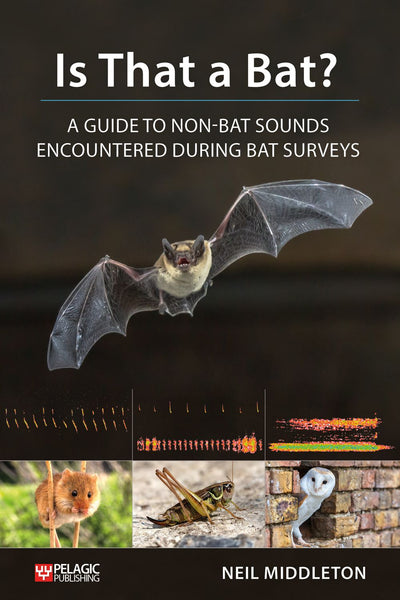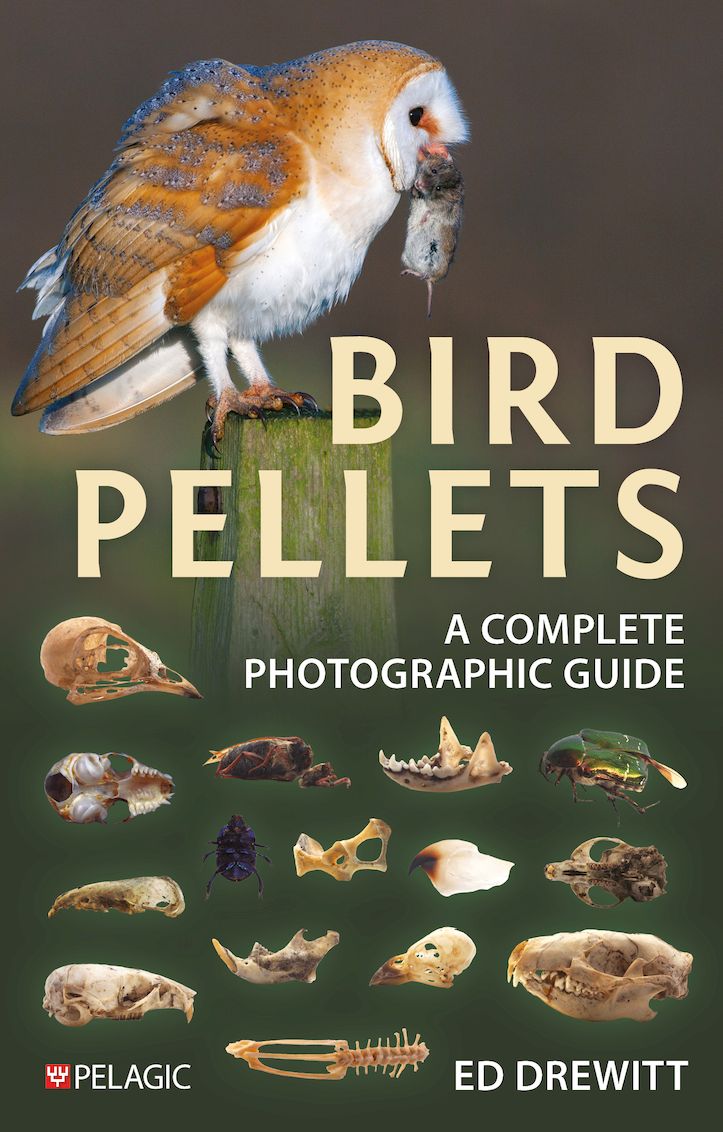
Bird Pellets
A Complete Photographic Guide
- Tips for identifying bird pellets, from raptors to songbirds.
- Showcases the remains of prey species, from small mammals to invertebrates.
- Offers detailed instructions on how to dissect and analyse bird pellets.
- Packed with over 500 photographs.
- Yet another masterpiece by Ed Drewitt. This is the book I wish I’d had as a 10-year-old with a bath full of barn owl pellets!
—Iolo Williams, TV presenter, author and naturalist
- bird pellets
- birds
- birdwatching
- Coming Soon
- ornithology
- prey remains
Description
This book is the first comprehensive guide to bird pellets, the undigested remains of food that form together into a ball or sausage-like shape and are regurgitated. It showcases the range of pellets that different bird species produce, including owls, hawks, falcons, corvids such as ravens and magpies, as well as waders – and even garden birds! The common items found in them, such as small mammal skulls and bones, are analysed in detail, with the discussion accompanied by numerous colour illustrations.
The book progresses methodically from an introduction to pellets, covering what they are and how they are formed, to instructions on dissection and analysis and how this can be used in research, followed by a closer look at the pellets of each bird species in turn – from the golden eagle to the dipper. We learn how to identify the remains of small mammals including bats, as well as reptiles, amphibians, fish, invertebrates and of course other birds.
Dissecting bird pellets and identifying what is inside can be an important tool for discovering what birds are feeding on as part of more detailed diet studies. It is also an activity often delivered at family-friendly events or in schools by wildlife organisations. Extracting information from pellets also has sound scientific value: while it does not capture everything a bird has been eating, it still goes a long way in revealing the diet of birds and how this may change over time, in different habitats and different parts of the world.
DOI: 10.53061/NUXA1756
Table of Contents
1. Introduction
2. What is a pellet?
3. Dissecting your own pellets – where to begin
4. Owl pellets
5. Falcon, hawk, kite, harrier and eagle pellets
6. Corvid (crow family) pellets
7. Gull, tern and skua pellets
8. Other seabird and waterbird pellets
9. Garden bird pellets
10. Other species’ pellets
11. Identifying small mammal bones
12. Identifying other small animal parts
13. What else might you find in a pellet?
14. A final reflection
References
Latin names of species
Index
Reviews
- Yet another masterpiece by Ed Drewitt. This is the book I wish I’d had as a 10-year-old with a bath full of barn owl pellets!
—Iolo Williams, TV presenter, author and naturalist
About the Author
Ed Drewitt is a professional naturalist, wildlife detective, and broadcaster for the BBC. He has been studying urban Peregrines for over 15 years, and specialises in colour ringing their chicks, and identifying what they have been eating.Bibliographic Information
 250 pages
250 pages - BISAC SCI070040, SCI008000, NAT043000
- BIC PSVW6, PS, WNCB






